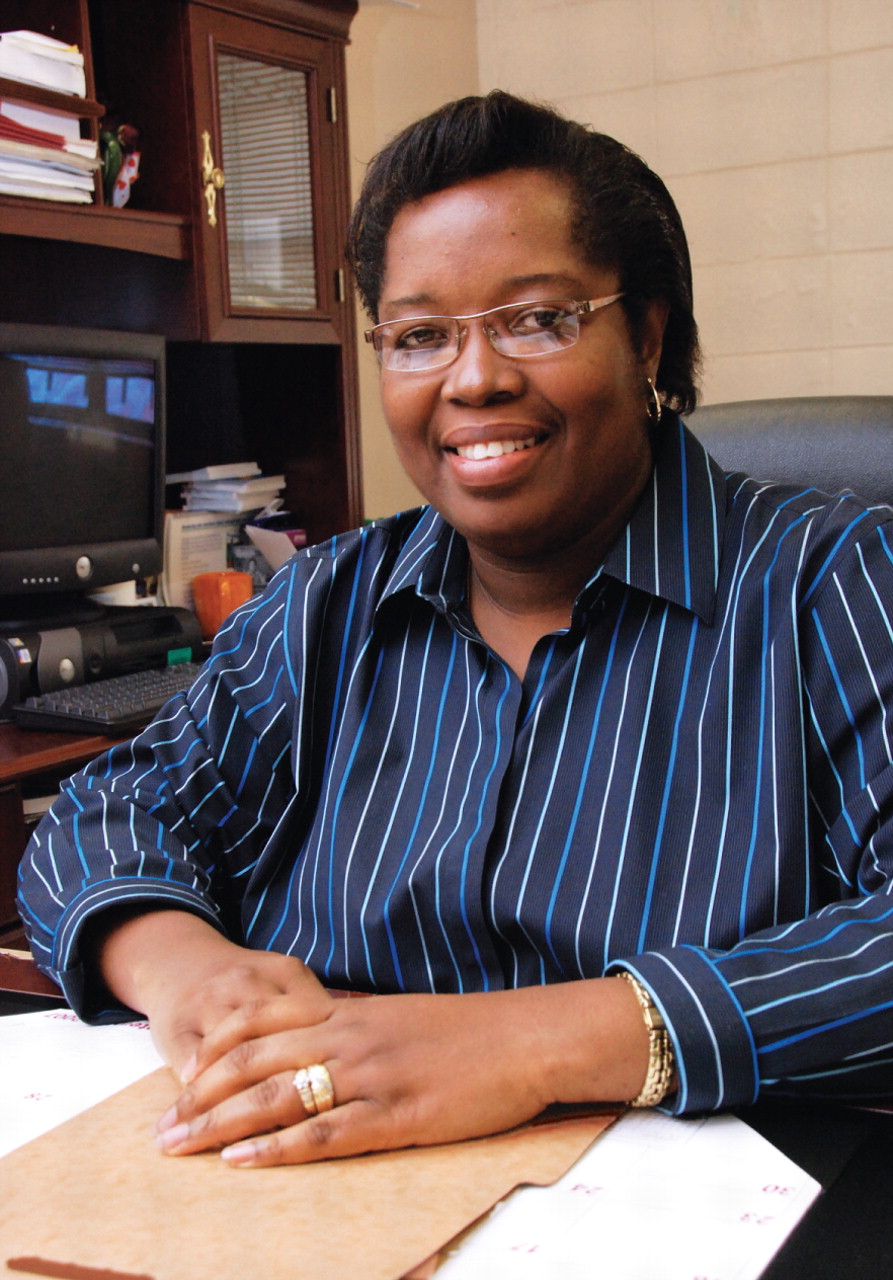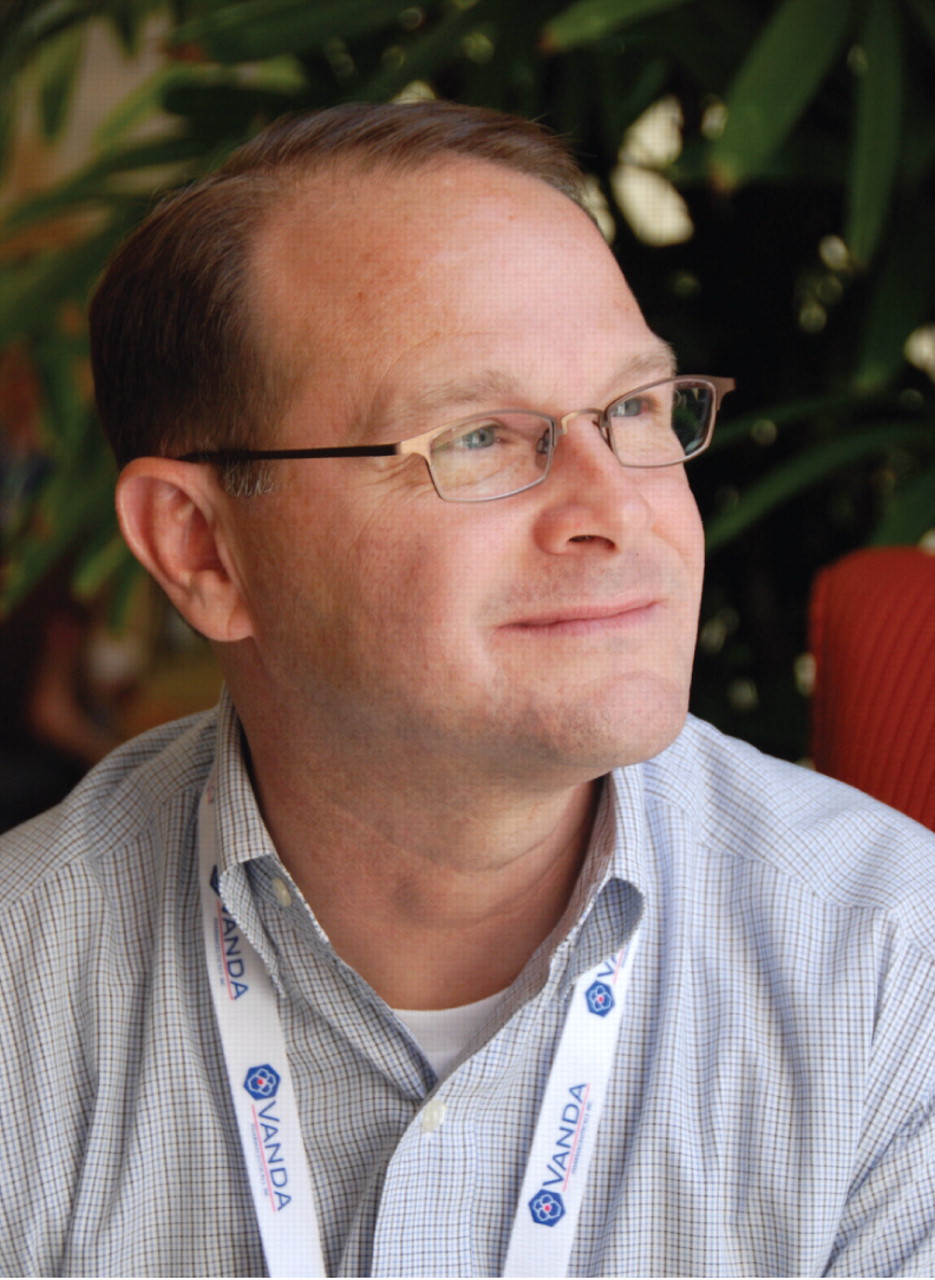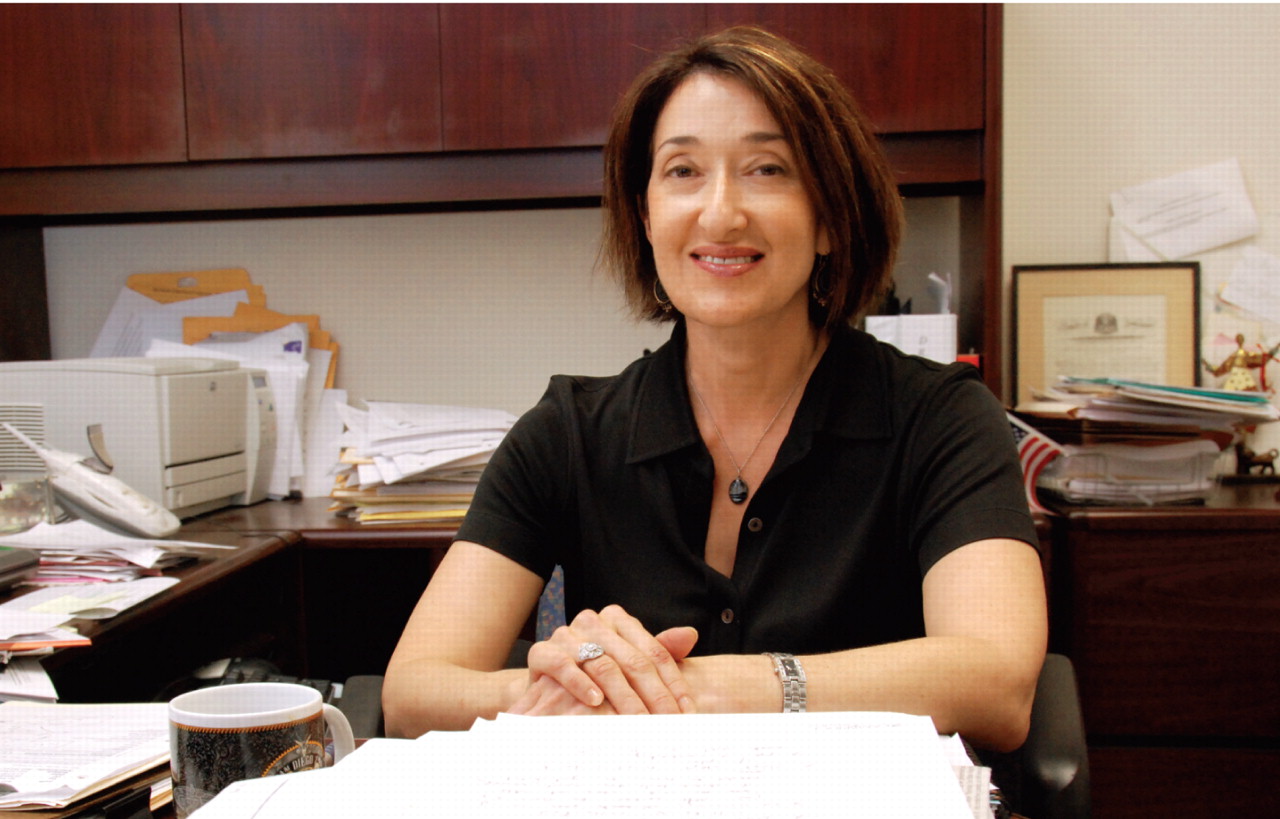Region Struggles to Cope With Katrina Evacuees
Imagine that your city's population grew by 20 percent overnight. Imagine that the newcomers arrived with nothing and needed help with housing, jobs, medical care, and schools. Imagine that many also had lived with mental disorders before the catastrophe and that more had developed symptoms because of the disaster.
Baton Rouge, La., found itself in just that situation in the weeks and months—and now years—after Hurricane Katrina struck in 2005.
At first, perhaps 250,000 people who fled New Orleans and other low-lying areas paused for shelter in the region, more than doubling the population. Not all stayed, but an estimated 40,000 evacuees remain today. The need for all human services leapt with this influx. The agencies that meet those needs may have bent under the strain, but they have not broken.
“We've seen a 65 percent increase in the use of our clinics,” said Jan Kasofsky, Ph.D., M.S., executive director of the region's umbrella organization, the Capital Area Human Services District (CAHSD), in an interview with Psychiatric News. The district's 300 staff members provide services for people with mental illness, including addictions, or developmental disabilities in seven parishes (counties) around the state's capital.
Louisiana's public mental health system is in the midst of a long-term changeover from separate, centrally directed offices for addiction, mental health, and developmental disabilities to one based on semi-independent districts that integrate all three functions.
While still ultimately responsible to state government agencies, the districts are accountable to local boards of directors and have greater freedom to respond to local needs.
They also have more room to innovate. CAHSD was “ahead of the curve prior to Katrina, and took the bull by the horns right afterward,” said Louisiana Psychiatric Medical Association (LPMA) President Daphne Glindmeyer, M.D., in an interview.
The strain of the storm-driven influx played out in many ways. “The increase knocked out our ability to see our ongoing clients on time,” said Kasofsky. Stretching out times between appointments led to missed appointments and poor follow-up for both old and new clients.

Aniedi Udofa, M.D.: “Having been through it all ourselves, we can't help feeling more involved with our patients on a personal, emotional level.” She is a staff psychiatrist in the Marguerite Dumas Center near Baton Rouge.
Credit: Aaron Levin
Before the storm, perhaps two psychiatric patients a month had to be hosptalized. Now, 13 are hospitalized each month but released sooner, with only a two-week supply of medications, and so have to be quickly reconnected with the outpatient system.
Geography also intervened between service providers and the population they now served. The now-infamous FEMA trailer parks where many evacuees were housed were far from schools, stores, or medical services and not served by public transportation.
CAHSD and other organizations, such as Louisiana Spirit, sent outreach teams into the field to take services where they were most needed, said Kasofsky. The National Alliance on Mental Illness honored former CAHSD medical director David Edward Post, M.D., as an Exemplary Psychiatrist in 2006 for his role in organizing mental health screening and care for people dislocated by the storm. (Psychiatric News, May 19, 2006).
“Social workers screened for depression and substance abuse, then referred to specialists or arranged for our psychiatrist to make an evaluation,” said the district's Lynetta Butler, R.N. Butler delivered prescriptions to patients in the trailers and followed up with case management. Social workers provided counseling and transportation to clinics.
This may have been the heroic phase of the district's emergency response, but it also made poor use of clinicians' time, CAHSD officials realized.
“Beginning in May 2006, our goal was to get people into a stable treatment environment in clinics, where we had more options,” said CAHSD's medical director, psychiatrist Gerald Heintz, M.D. “The clinic population skyrocketed, especially after we contracted to provide free public transportation.”

“The stress on our staff comes not from hearing sad stories but from our increased patient load,” says Gerald Heintz, M.D., who is medical director of the Capital Area Human Services District and also does clinical work. “We're a close, tight-knit group and we take care of each other, but we need more bodies.”
Credit: Aaron Levin
In fact, the district has seen three waves of new patients since the storm, explained Heintz. In the first few months, among the huge initial number of evacuees were persons with pre-existing psychiatric conditions. They were stable on their medications and wanted to stay that way.
“In January 2006 we started to see a second wave that had been hospitalized following relapse and then discharged, sometimes with only a clinic's address,” said Heintz. “Today, we're seeing people originally from New Orleans who are moving back from the surrounding states. They can't find housing in New Orleans, but they want to be as close to there as possible.”
Housing is one other key to the complex of problems, said Kasofsky. Homelessness overburdens emergency departments but also increases costs for medical and psychiatric inpatient hospitalization, substance abuse treatment, and law enforcement.
Thirty-nine percent of the area's homeless population is not from the Baton Rouge area, she said. For many, living in a FEMA trailer is a step up.
People with serious mental illness benefit from living in their own homes or apartments, said Karen Fitzsimons-Pino, L.C.S.W., the district's housing coordinator. “They have their own space, feel safer, have their own phone, and structure their lives to reduce stress.” Even simple housing initiatives could reduce the burdens on the emergency department.
Katrina's dislocations weren't all bad for CAHSD. Psychiatrist Brian Monette, M.D., a New Orleans native who left after the storm, resettled in Baton Rouge and has worked for the district since May. Patients can easily identify with him and vice versa.
“Most of us were victims of the storm, and we're working hard to help other victims,” he said. “But the whole system is overburdened because we don't have enough primary care doctors and psychiatrists.”
Kasofsky was happy to find a willing recruit like Monette, but he is an exception. The statewide shortage of mental health professionals of every type constrains the CAHSD's work.

Jan Kasofsky, Ph.D., M.S., started work as executive director of the Capital Area Human Services District in Baton Rouge, La., six months after Hurricane Katrina arrived. The district has fought to expand its services following the storm and now funds or operates mental health centers, substance abuse clinics, and school-based mental health clinics for children in seven parishes.
Credit: Aaron Levin
The CAHSD now employs 11 full-time psychiatrists and nine part-time contractors, but has four openings. Heintz and Kasofsky are looking for recruits, but they are swimming against a stiff tide. There is a national shortage of psychiatrists, especially in the public sector, but in Lousiana the situation is made worse by the unusual conditions existing in the state, said LPMA's Glindmeyer.
The state's mental health system was not in the best of shape before the storm, and Katrina just made it worse, she said. Many physicians left southern Louisiana because they had so few patients, found jobs elsewhere, and are unlikely to be lured back. New Orleans lost 80 percent of its psychiatrists.
Baton Rouge lacks its own psychiatry training program, so there's no built-in pipeline turning out young residents for local jobs, said Heintz.
“We've raised salaries to levels comparable to the southeastern U.S., but it's still hard,” he noted.
The continuing financial tug-of-war between rebuilding efforts in New Orleans and caring for its displaced residents elsewhere in the state plays a role as well. “The federal government gave loan-forgiveness guarantees to New Orleans but not to Baton Rouge,” Kasofsky said. “They don't see this as an affected area, but people are coming back from Houston and need care.”
At least one new psychiatrist would be assigned to a proposed crisis-intervention unit to be built on the grounds of a nearby state hospital.
That facility will be just one part of a larger plan to deal with a 30 percent post-Katrina increase in patients in psychiatric crisis presenting in area emergency departments, often using beds that might be better used by true medical emergencies, said Kasofsky.
In August 2006, she convened a meeting with heads of local hospitals, emergency room doctors, sheriffs, lawyers, and mental health advocates in an effort to tackle the problem.
“What is the path to the ER?” she asked them. “Let's head it off.”
They agreed on a nine-point plan for a “behavioral health crisis continuum of care” that covered immediate access to service, standardized screening, medical case management, police training, residential beds, and the crisis-intervention unit.
As they cope with the aftermath of Katrina, the CAHSD's staff is also thinking about the next Big One, whether that's another hurricane or pandemic flu strikes.
“We learned you need to be flexible, plan ahead, and have a good patient record system,” said Aniedi Udofa, M.D., a staff psychiatrist in the Marguerite Dumas Center near Baton Rouge. “A lot of patients didn't know what medications they were taking, other than 'the pink pill.'”
The CAHSD trains new staff members in disaster preparation and has 33 teams of community volunteers to cover emergency shelters. It has an agreement with the Red Cross covering behavioral health referrals, a sore point between the mental health community and the Red Cross after Katrina, said Kasofsky.
Meanwhile, everyone hopes that preparation, increased funding, more staff, and long-term planning will happen before the next crisis.
Every time it rains, his patients get overwhelmed with anxiety, and Heintz crosses his fingers. “I hope we don't get another hurricane like Katrina—at least while I'm medical director,” he said.
Information about the Capital Area Human Services District is posted at<www.cahsd.org>.▪



